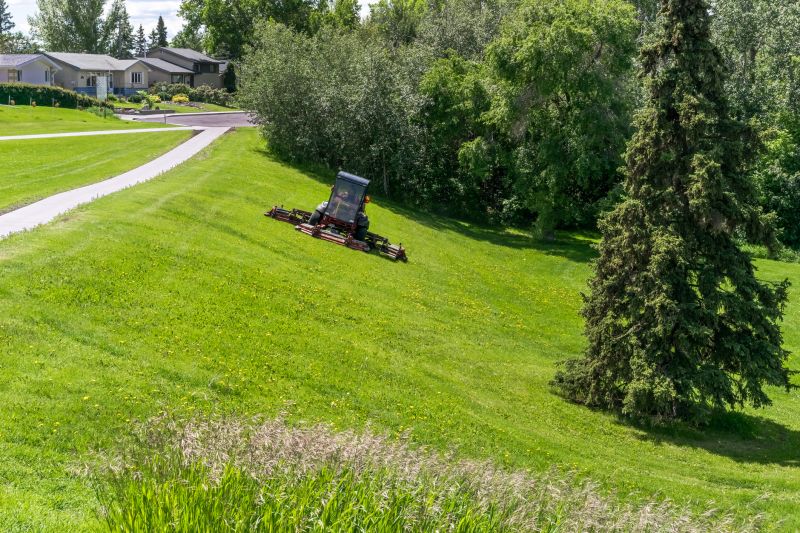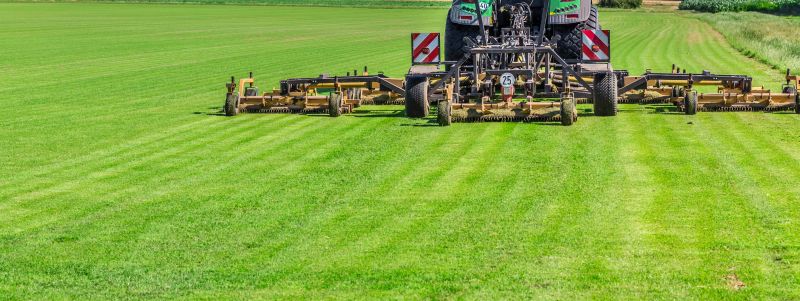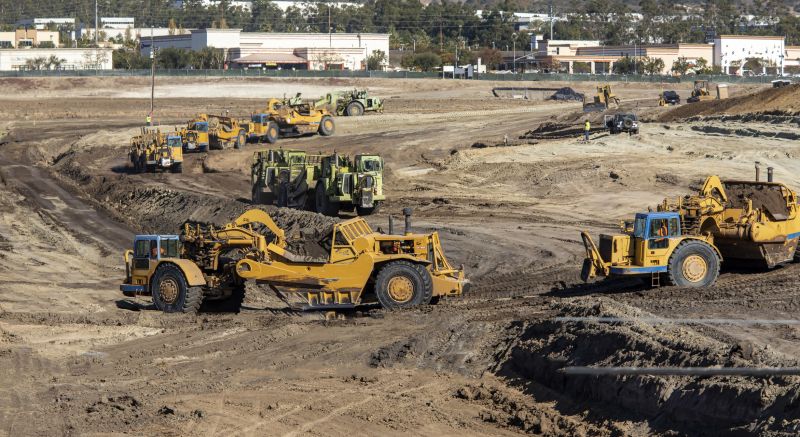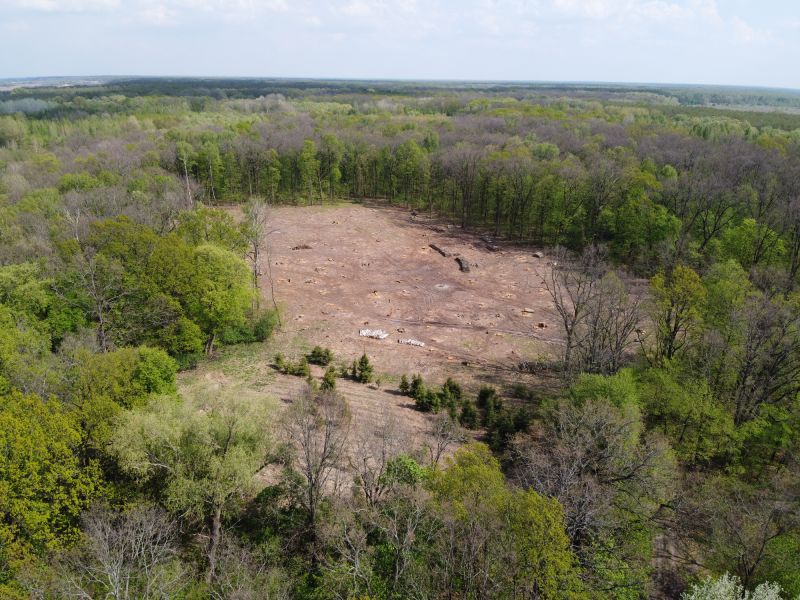Trail Cutting Cost Insights

Steep or rocky terrain increases labor and equipment costs due to additional effort and specialized tools.

Longer trails require more materials and labor, directly affecting the overall cost.

The type and amount of machinery used influence expenses, with advanced equipment leading to higher costs.
| Factor | Average Cost Impact |
|---|---|
| Terrain Difficulty | High |
| Trail Length | Moderate |
| Equipment Type | Variable |
| Labor Intensity | High |
| Location Accessibility | Variable |
| Permitting Requirements | Variable |
| Environmental Restrictions | Variable |
Cost considerations should include not only the initial cutting but also ongoing maintenance and potential environmental mitigation measures. Proper planning ensures that budget estimates reflect the true scope of the project, accounting for unforeseen challenges that may arise during trail development.

Use of bulldozers or excavators significantly impacts costs due to equipment rental and operator fees.

Materials like gravel or compacted soil contribute to the overall expense depending on quality and quantity.

Removing trees and brush can add to costs, especially in dense or protected areas.
| Service | Estimated Price Range |
|---|---|
| Basic Trail Clearing | $2,000 - $5,000 |
| Trail Grading and Shaping | $3,000 - $8,000 |
| Drainage Installation | $2,500 - $6,000 |
| Surface Material Application | $4,000 - $10,000 |
| Vegetation Management | $1,500 - $4,000 |
| Erosion Control Measures | $3,000 - $7,000 |
| Trail Signage Installation | $1,000 - $3,000 |
| Accessibility Features | $2,500 - $6,000 |
| Environmental Mitigation | $3,000 - $9,000 |
| Final Inspection and Cleanup | $1,500 - $3,500 |
